About the Victoria Half Triathlon
The Victoria Half Triathlon, one of Canada's most classic and beautiful triathlon events, offers athletes an unforgettable experience on the picturesque Vancouver Island. For over 25 years, participants have journeyed to this stunning west coast location to take part in this renowned race.
The course showcases the natural beauty of the region, beginning with a serene one-loop lake swim at Elk Lake. Participants then embark on a scenic ride through the captivating Saanich Peninsula, followed by a two-loop run on the flat and gentle trails surrounding Elk and Beaver Lakes. This carefully crafted course provides a truly immersive and enjoyable race experience.
With its rich tradition, the Victoria Half triathlon has attracted top triathletes from around the world, while also warmly welcoming first-time participants. It holds the distinction of hosting National Championships and serving as a qualifier for other prestigious events. One of the event's distinctive features is the coveted commemorative "hoodie" that participants proudly wear, symbolizing their participation and commitment year after year.
In addition to the Victoria Half distance, the event offers various other categories, including Olympic, Sprint, Duathlon, Aquabike, and Relay, catering to a wide range of athletes with different preferences and abilities.
Join us for the Victoria Half triathlon and immerse yourself in an unforgettable race experience where athleticism meets breathtaking beauty on Vancouver Island's captivating shores.
Race Information and Course Description
About the Swim
Prepare to embark on a memorable swim experience at Elk Lake, a treasured destination that has been at the heart of triathlon training and events since the late 1970s. This breathtaking venue also serves as the esteemed home of the National Rowing Centre.
Your swim journey begins and concludes at the picturesque Hamsterly Beach, where the excitement builds with a rolling start. The course entails a well-defined single loop, carefully marked to ensure clear navigation and easy sighting. You'll find yourself immersed in the serenity of the surroundings, ready to conquer the open water.
Elk Lake presents ideal conditions for a remarkable swim leg, characterized by tranquil waters that create a sense of harmony as you stroke through each phase. With a water temperature averaging around 22°C, you'll discover a comfortable and invigorating environment that complements your performance. As you dive in, the option to wear a wetsuit is typically available, allowing you to fine-tune your buoyancy and optimize your swim experience. Swim Map
Prepare to embrace the challenge and beauty of Elk Lake's swim leg, knowing that you are joining a legacy of triathlon greatness in this extraordinary setting. Get ready to make a splash and set the tone for an unforgettable race ahead.
T1 TRANSITION (SWIM TO BIKE) TIPS
Practice makes perfect! Devote time to honing your T1 transition skills for a seamless swim-to-bike transition on race day. Follow these essential steps to optimize your performance:
- Take off your wetsuit: Familiarize yourself with the process of removing your wetsuit efficiently. Practice taking it off, along with your cap and goggles, smoothly and swiftly. Simulate race conditions by setting up your bike as you would on race day.
- Prepare your bike gear: Once you're out of your wetsuit, swiftly move to your bike setup. Put on your helmet, sunglasses, and bike shoes (if not leaving them on the bike). Familiarize yourself with the layout and organization of your gear, ensuring a seamless transition.
- Run with your bike: Begin running with your bike, covering a short distance. This mimics the shift from the horizontal swimming position to the vertical standing position, which can be disorienting, especially if you've exerted yourself during the swim. By practicing this transition, you'll adapt to the change and overcome any initial dizziness.
- Master the mount: Learn the technique of mounting your bike smoothly. Repeat this action repeatedly during your training sessions. Focus on achieving a fluid motion, ensuring that you feel comfortable and confident when transitioning from running to cycling.
Remember, repetition is key. By practicing these transition elements repeatedly, you'll build familiarity, efficiency, and confidence. Iron out any issues, such as zipper troubles with your wetsuit, well in advance to save valuable time and mental energy on race day.
If you wish to leave your bike shoes on the bike during the swim-to-bike transition, incorporate this into your training early on. Repeat the process until it becomes second nature. Note that not all races permit shoes on the bike, so be sure to check the race rules before finalizing your plan.
Embrace the training process, and through consistent practice, you'll conquer the unique challenges of the T1 transition and emerge ready to excel in the race.
About the Bike
Get ready to embark on a breathtaking journey as the bike route takes you on a captivating tour of the Saanich Peninsula, unveiling the region's diverse landscapes in all their splendor. Prepare to be enchanted by the enchanting rainforests, coastal roads hugging the ocean's edge, and charming local municipalities that make this course truly remarkable.
The rolling terrain of this route offers more than just a triathlon challenge; it immerses you in an authentic west coast island experience. As you pedal forward, soak in the awe-inspiring vistas of Haro Strait, the majestic Coastal Mountains, and the tranquil Saanich Inlet. Each turn reveals a new panorama, painting a vivid picture of the natural beauty that surrounds you.
Rest assured, this route is meticulously marked to guide you along the way, ensuring you stay on track to achieve your personal best. Your safety is a top priority, with dedicated race marshals, local police, and professional traffic control personnel closely monitoring the course. Feel confident as you navigate the roads, knowing that every effort has been made to provide a secure and enjoyable biking experience.
Prepare to be captivated by the Saanich Peninsula's wonders as you pedal through this stunning bike course, creating lasting memories of the breathtaking landscapes that define the region. It's time to embrace the beauty of the journey and let the wheels carry you toward triumph. Bike Map
Half and Aqua Bike Course Description:
- Turn left onto Brookleigh Road.
- Turn left onto Oldfield Road (continue straight, as Oldfield becomes Old West Saanich Road - do not turn right onto Old West Saanich Road).
- Turn right onto West Saanich Road.
- Turn right onto Willingdon Road.
- Turn right onto East Saanich Road.
- Turn left onto Wallace Drive.
- Turn right onto Amity Drive.
- Turn right onto Central Saanich Road.
- Turn left onto East Saanich Road (only for 50 meters).
- Turn right onto Central Saanich Road.
- Turn right onto Keating Cross Road.
- Turn left onto Oldfield Road.
- Turn left onto Brookleigh Road.
Sprint Bike Course Description (Olympic and Duathlon Description TBA):
- Turn left onto Brookleigh Road.
- Turn left onto Oldfield Road (continue straight, as Oldfield becomes Old West Saanich Road - do not turn right onto Old West Saanich Road).
- Turn right onto West Saanich Road.
- Turn right onto Keating Cross Road.
- Turn right onto Oldfield Road.
- Turn left onto Brookleigh Road.
T2 TRANSITION (BIKE TO RUN) - TIPS
Mastering the art of triathlon transitions requires dedicated practice, encompassing both the physicality of dismounting and the physiological demands on the body during the transition phase. To enhance your efficiency and confidence, consider the following tips for a smooth T2 transition.
If you feel comfortable and capable, learn the technique of dismounting your bike while leaving your shoes on the pedals. This skill is particularly beneficial in races that feature a slight downhill or a flat stretch leading into the transition area.
In the last 400 meters of your ride, ride with your feet positioned on top of the shoes. This setup simplifies the dismounting process. Once you dismount, swiftly grab the nose of the saddle and propel your bike forward, maintaining a high cadence and taking short, brisk steps as you make your way to the rack.
Incorporate this practice into your training routine, especially during the race-specific preparation period. As you conclude your training rides, include a few deliberate dismounts and engage in 10 to 20 strides while pushing the bike forward. Gradually progress to conducting full transition practices that include a short run, or simulate your race-day environment by incorporating workouts that mirror the specific challenges you'll encounter.
For instance, if your run course commences with a steep hill, seek out an area during training where you can practice on similar terrain. This will effectively prepare both your body and mind for the upcoming challenge, ensuring you are ready to tackle it head-on.
Remember, consistency and deliberate practice are key to refining your T2 transition skills. By dedicating time to hone this aspect of your triathlon, you'll enhance your overall performance and gain a competitive edge on race day.
About the Run
Prepare to be enchanted by the awe-inspiring 2-loop lakeside trail run that has made the Victoria Half triathlon a sought-after event. This iconic run course takes you on a captivating journey around the serene Elk and Beaver Lakes, leaving you breathless in more ways than one.
As you set foot on the trail, you'll be greeted by a path that is both flat and soft, offering a gentle terrain that allows you to find your stride and unleash your full potential. The towering forest trees provide a majestic backdrop, surrounding you with nature's embrace as you navigate the course. Breathtaking views of the shimmering lakes will be your constant companion, inspiring you to push forward with every step.
Rest assured, the run course is designed with your needs in mind. Course marshals will be strategically positioned along the route, ready to offer guidance, support, and encouragement when you need it most. Aid stations will be available, providing essential hydration and fuel to keep you energized throughout your run. Kilometer markings will serve as milestones, reminding you of your progress and bringing you closer to the unforgettable finish line at Hamsterly Beach.
Get ready to experience a run like no other, where nature's splendor meets the resilience of the human spirit. Let the beauty of Elk and Beaver Lakes guide your journey and propel you toward triumph. Run Map
ABOUTE THE COURSE DISTANCES
- Swim: 1.9 kilometers
- Bike: 90 kilometers
- Run: 21 kilometers
Olympic:
- Swim: 1.5 kilometers
- Bike: 40 kilometers
- Run: 10 kilometers
Sprint:
- Swim: 750 meters
- Bike: 20 kilometers
- Run: 5 kilometers
Duathlon:
- Run: 5 kilometers
- Bike: 45 kilometers
- Run: 10 kilometers
Aqua Bike:
- Swim: 1.9 kilometers
- Bike: 90 kilometers
Please note: Olympic and Duathlon bike course descriptions are to be announced.
About Endurance Nutrition
Determining the optimal carbohydrate intake for endurance athletes depends on various factors, including the type and duration of training. However, a general guideline suggests increasing carbohydrate consumption to make up around 70% of total daily calories. This higher intake is necessary to fuel the body with the substantial glucose required for intense physical activity.
Considering that each gram of carbohydrate provides 4 calories, endurance athletes should aim to consume 8 to 10 grams of carbohydrates per kilogram (kg) of body weight per day. The specific amount may vary depending on the duration of the endurance event.
For endurance training lasting approximately 4 to 5 hours, it is recommended that endurance athletes consume around 10 grams of carbohydrates per kilogram of body weight.
To illustrate, let's consider an endurance runner weighing 70 kg, who competes in a endurance event lasting 4 hours or more. In this case, the runner should strive to consume a minimum of 700 grams of carbohydrates on a daily basis to adequately support their energy needs.
It's important to note that individual requirements may vary, and it's advisable for athletes to work closely with a nutritionist or sports dietitian to fine-tune their carbohydrate intake based on their specific training goals, performance, and overall nutritional needs.
Stratos Endurance Fuel
Endurance Fuel was meticulously developed with athletes in mind, crafted by an athlete. We have carefully selected superior ingredients to offer you the ultimate fuel source, optimizing your performance and supporting your endurance endeavors. Let's delve into the key components that make Stratos Endurance Fuel stand out:
- Cluster Dextrin®: At the heart of our formula lies Cluster Dextrin®, a premium carbohydrate source. This specialized carbohydrate provides a dual benefit of immediate and sustained fuel. It rapidly replenishes your energy stores, ensuring a quick and efficient supply of fuel during your training or competition, while also sustaining energy release over time to keep you performing at your best.
- Pink Himalayan Salt: We understand the vital role minerals play in athletic performance. That's why we've incorporated Pink Himalayan Salt into our Endurance Fuel. This natural salt helps replenish essential minerals that are lost through sweat, aiding in maintaining proper electrolyte balance and supporting optimal hydration levels during prolonged physical exertion.
- Cordyceps Mushroom: To unlock your full potential, we've included Cordyceps Mushroom in our formulation. Cordyceps Mushroom is known for its remarkable ability to enhance energy levels, improve endurance, and optimize oxygen utilization, allowing you to push your limits while maintaining focus and performance throughout your endurance activities.
- Branched Chain Amino Acids (BCAAs): We recognize the importance of minimizing muscle breakdown during intense training sessions. That's why Stratos Endurance Fuel incorporates Branched Chain Amino Acids (BCAAs). These essential amino acids work synergistically to support muscle recovery and reduce muscle damage caused by rigorous training, ensuring you can train harder and recover faster.
With Stratos Endurance Fuel, you can fuel your body with confidence, knowing that you're providing it with a superior blend of ingredients designed to optimize your energy, endurance, focus, and recovery. Whether you're preparing for a demanding race or striving to reach your personal fitness goals, Stratos Endurance Fuel is here to propel you forward.
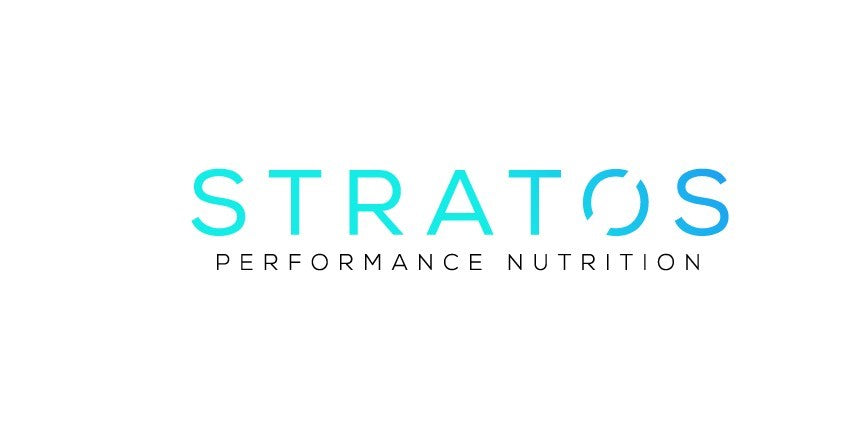
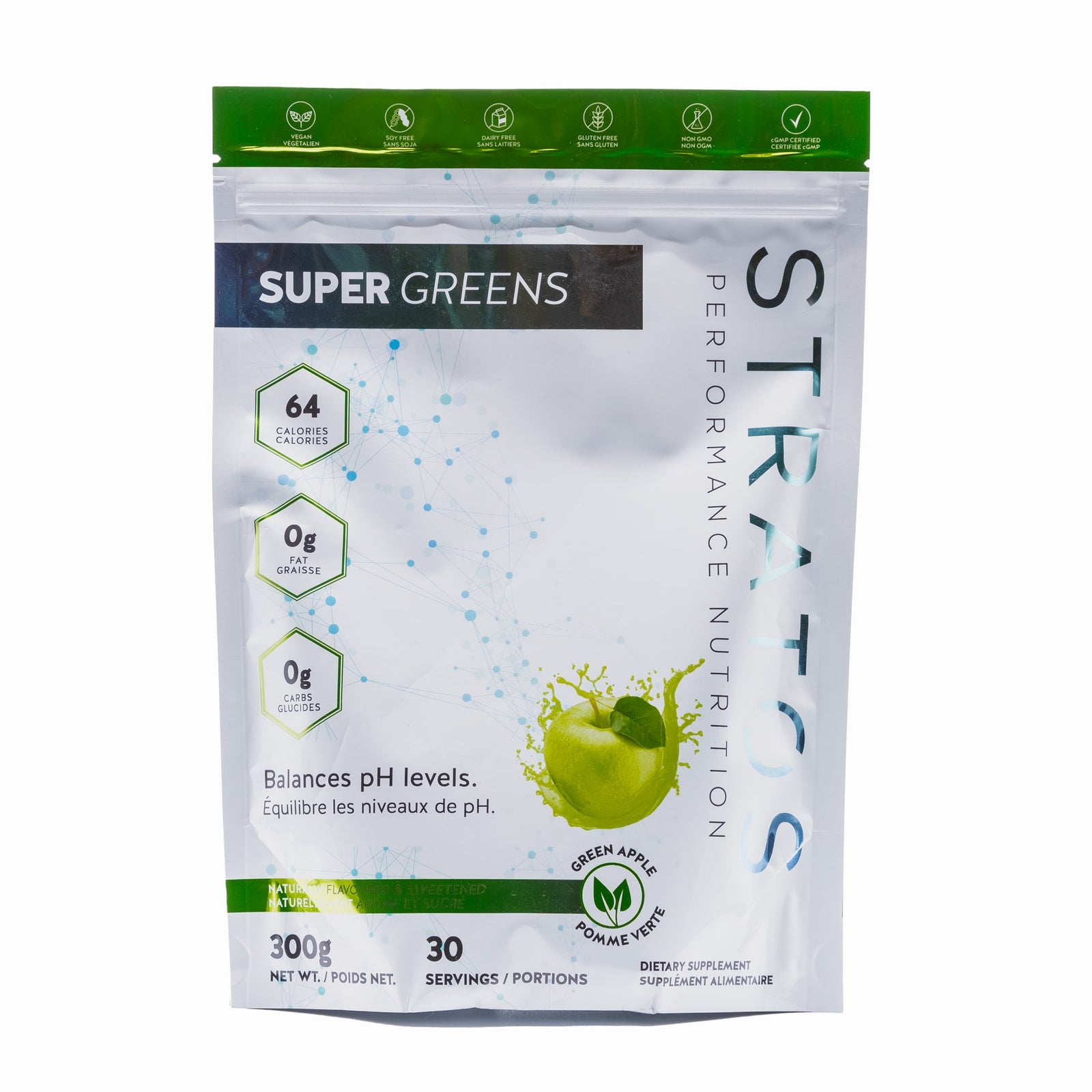
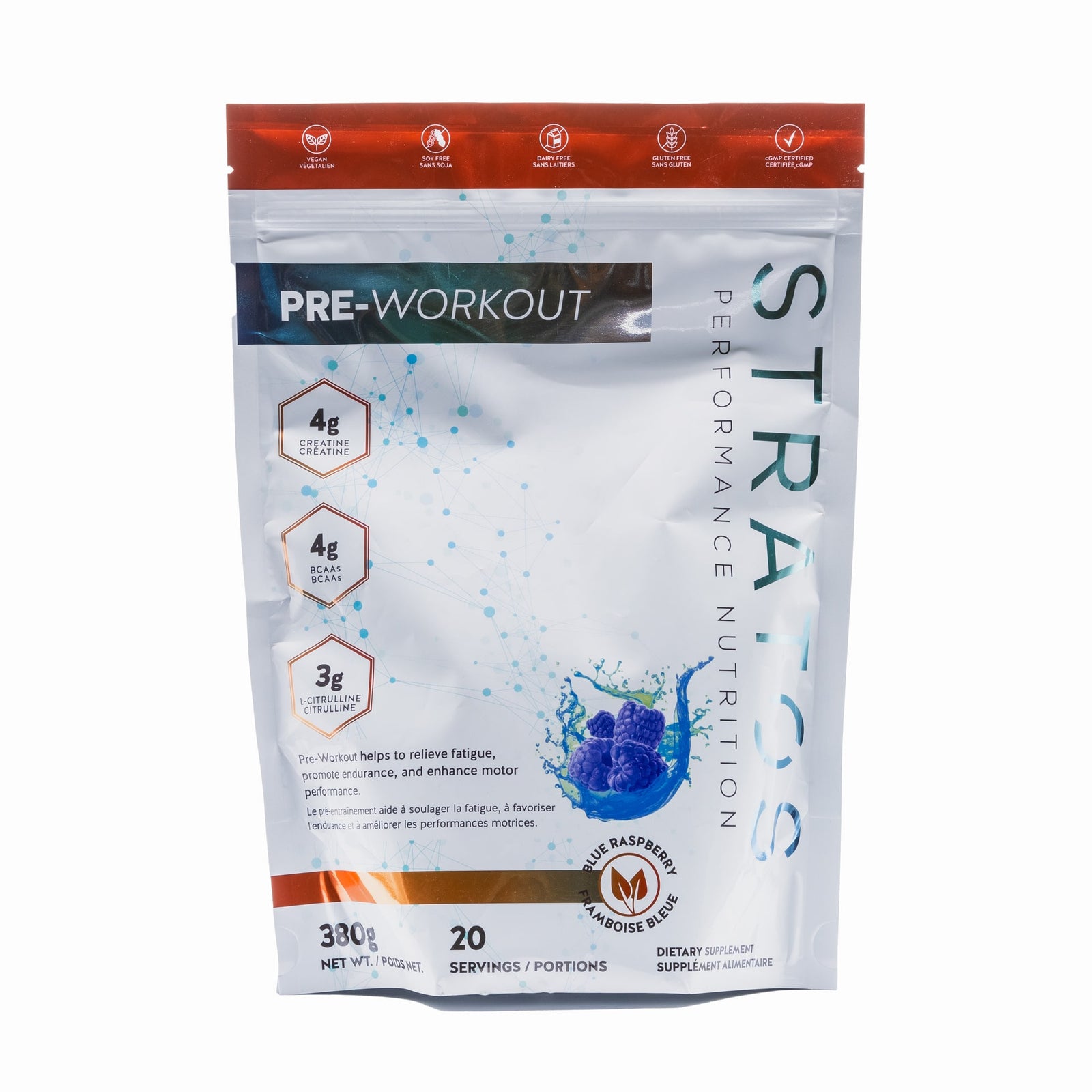
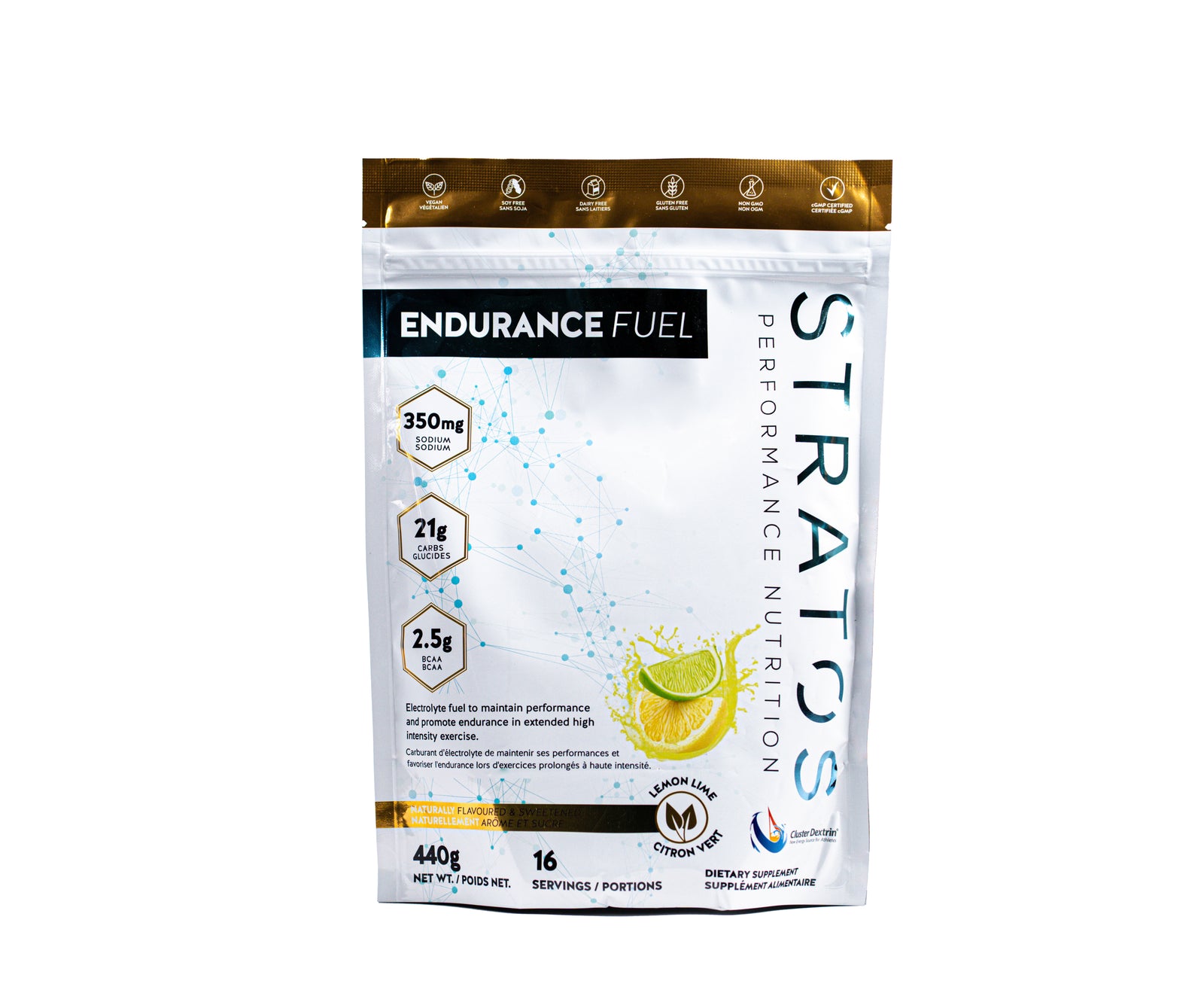
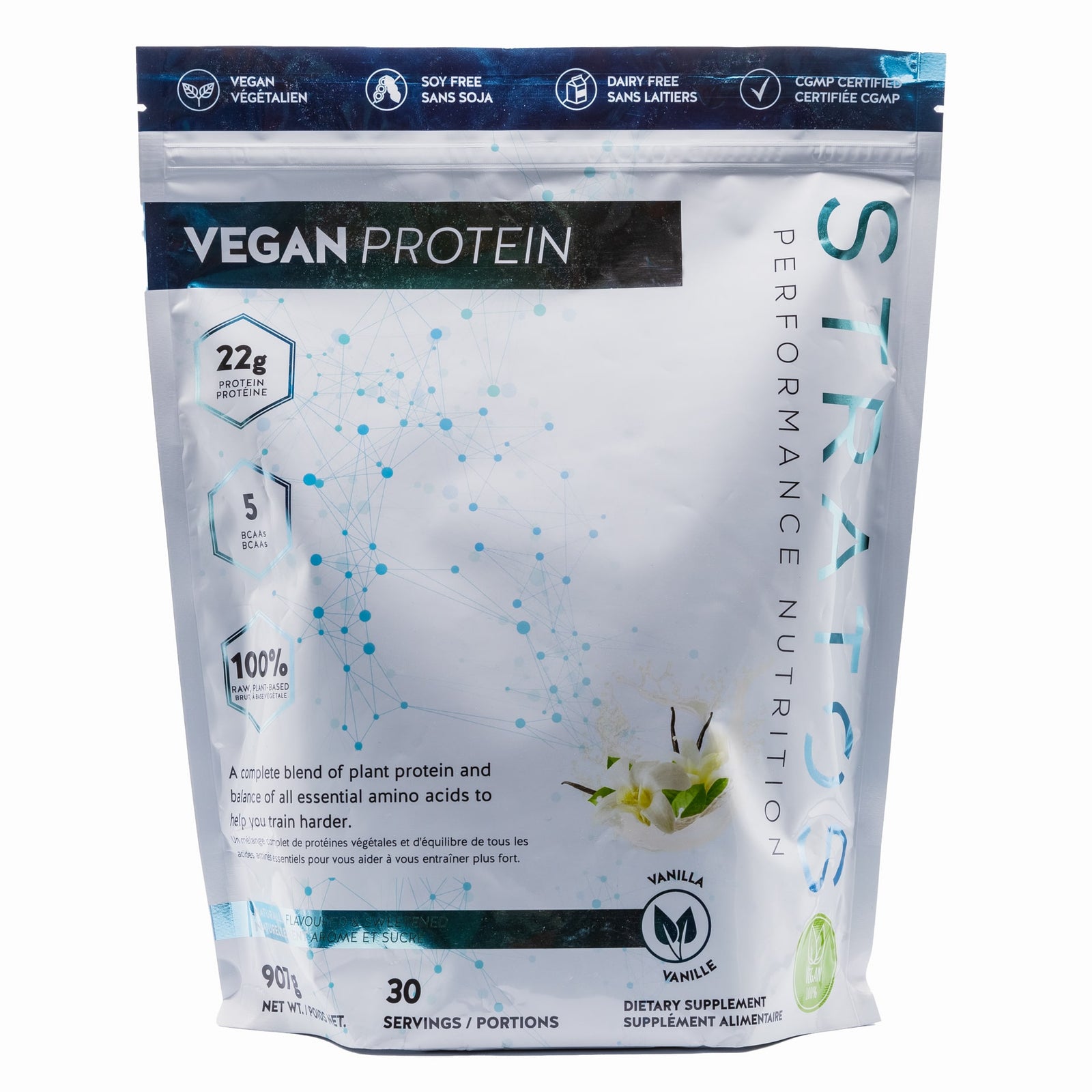
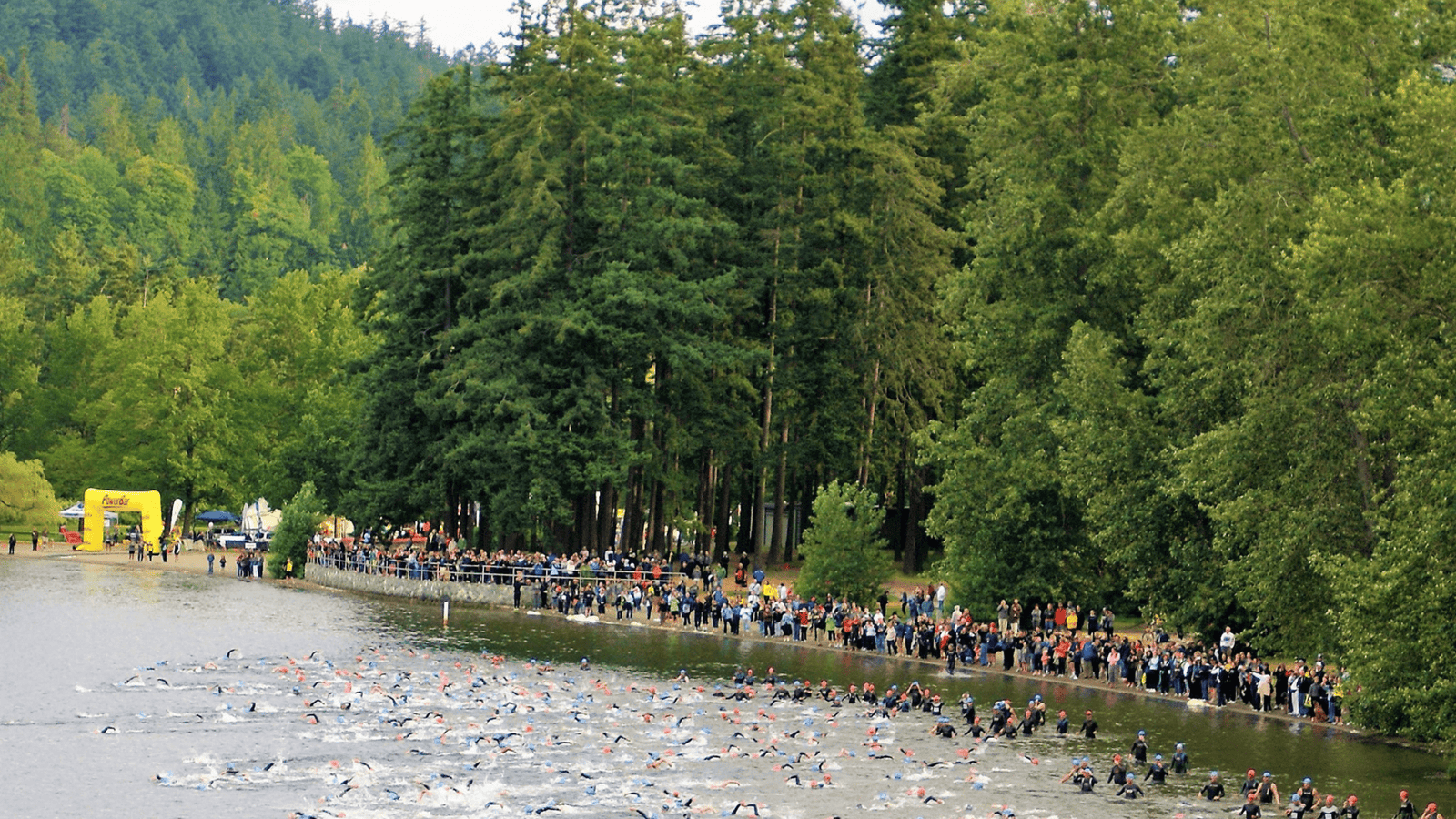
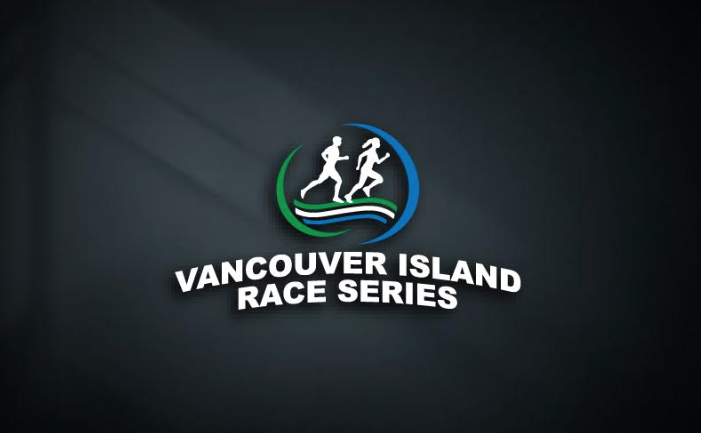
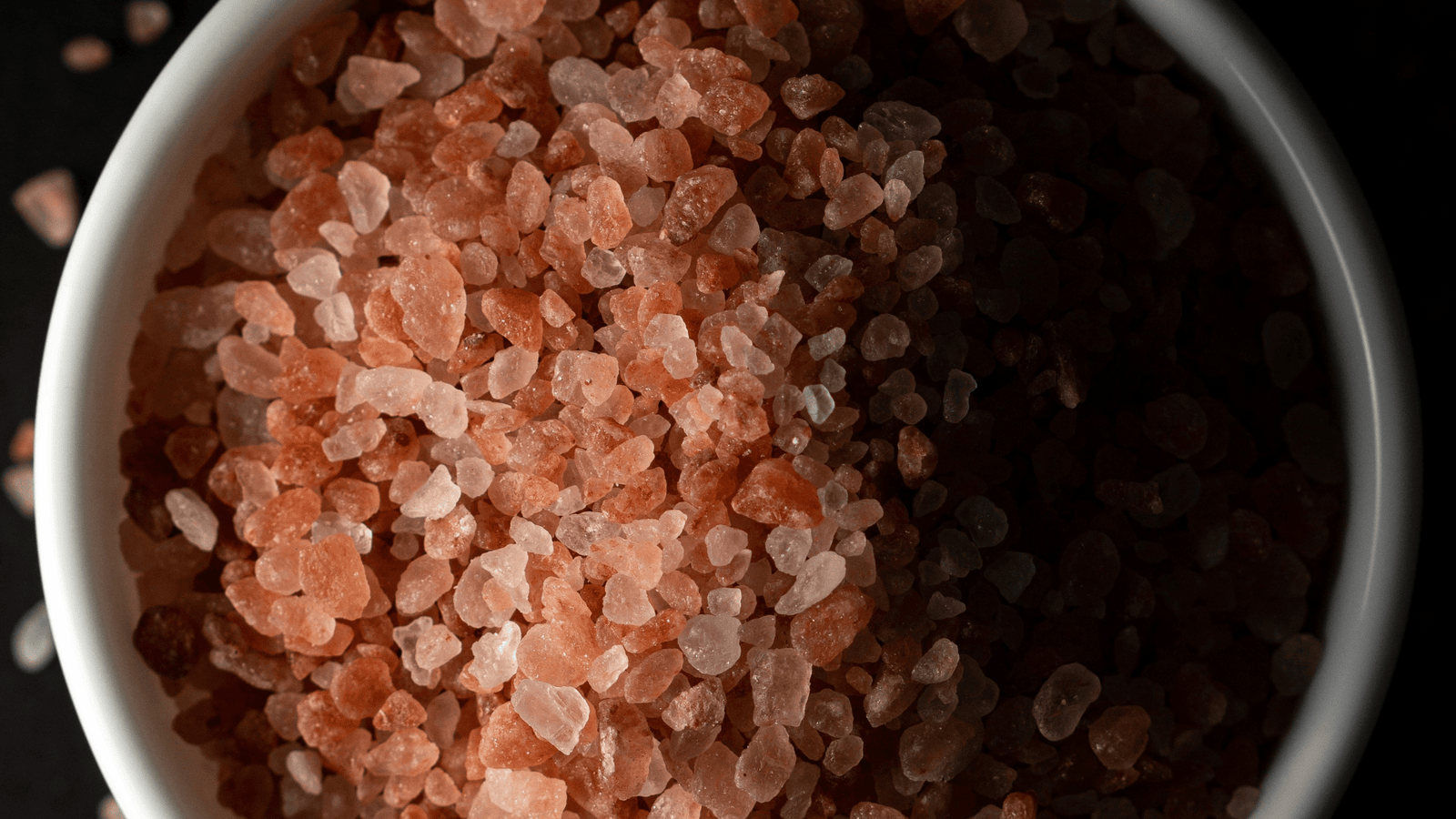
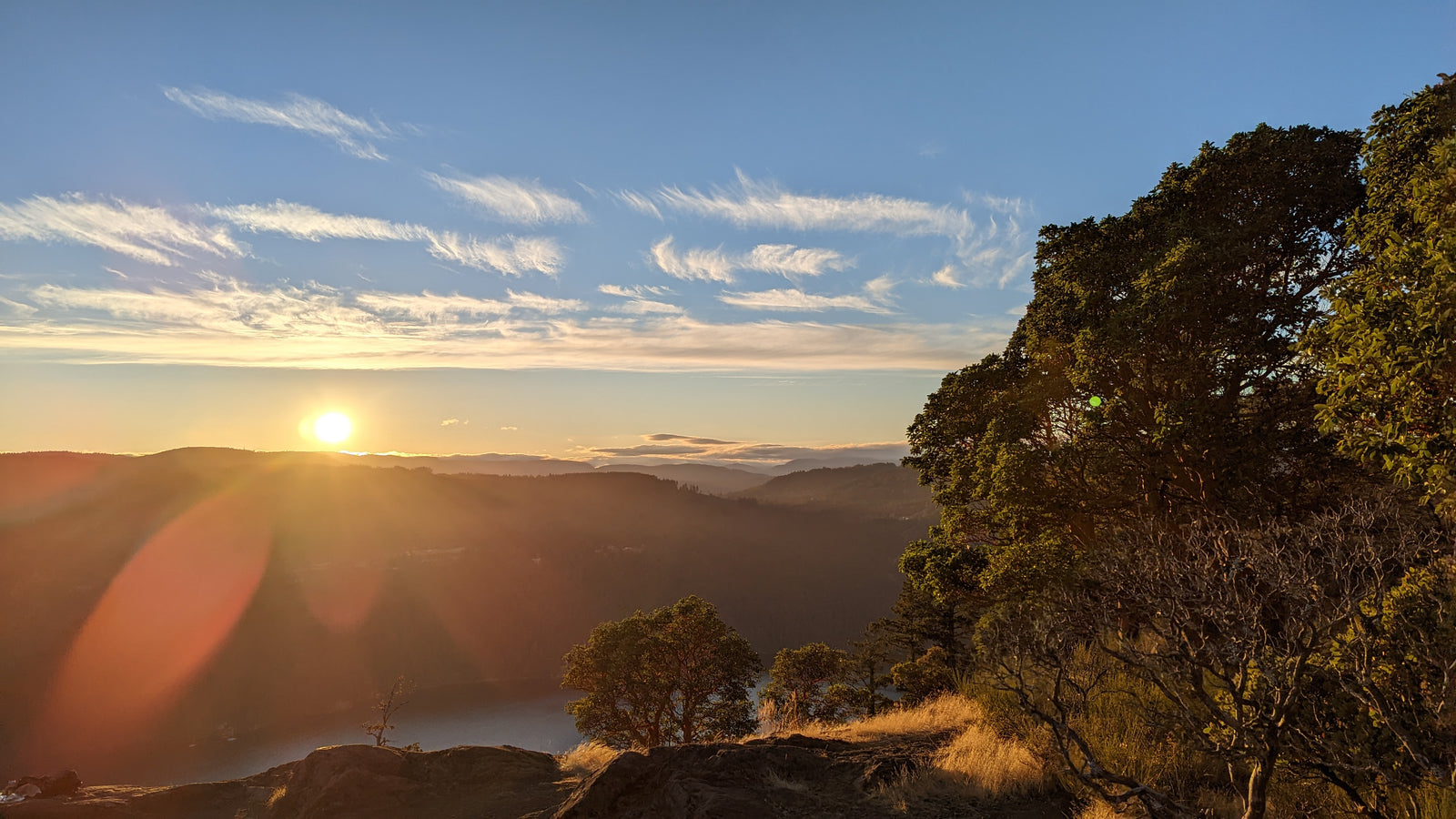
Leave a comment (all fields required)